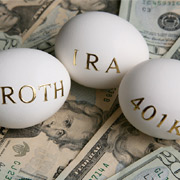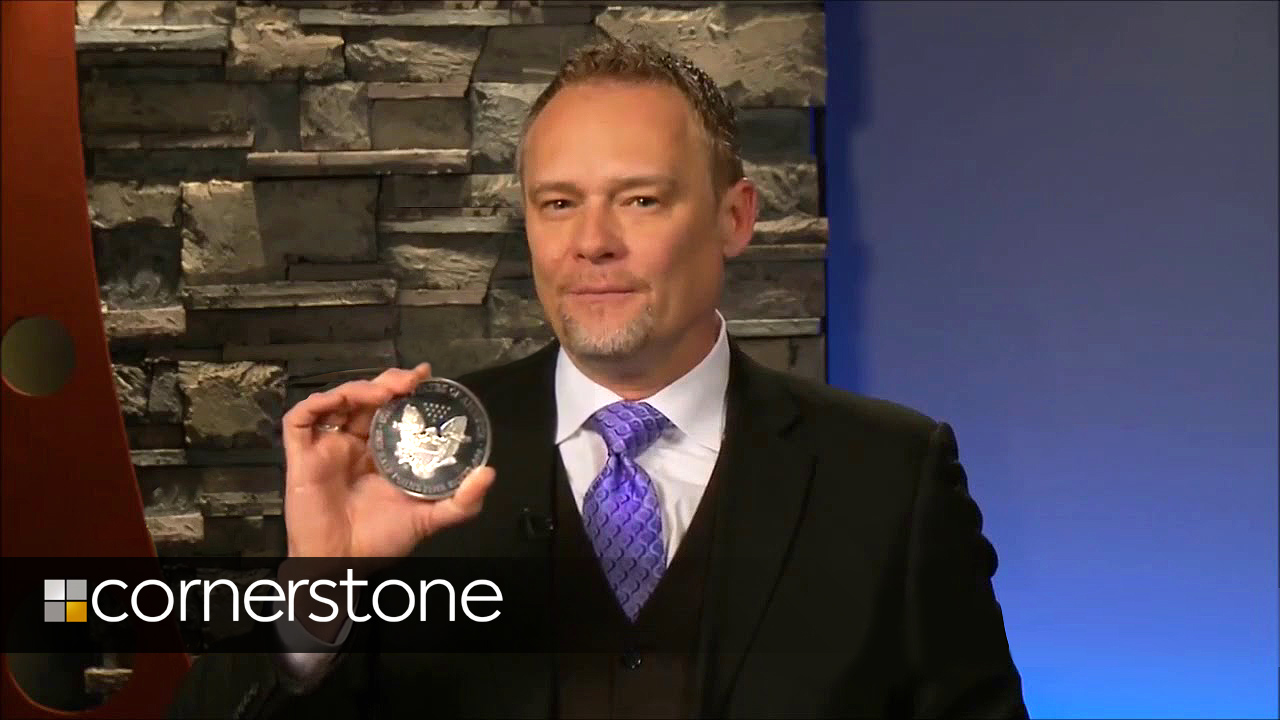Your tax or financial advisor can help you determine what type of IRA would best benefit you. Here is a basic overview of the traditional IRA versus the Roth IRA. Basically, anyone who has earned income can contribute to an IRA each year. The maximum contribution amount will increase from $3,000 to $5,000 by 2010, with another $500 to $1,000 allowed for those 50 and over. Depending on your income, marital status, and participation in employer plans, your contribution to a traditional IRA may be deductible. A traditional IRA helps reduce your yearly tax liability, as what you contribute to an IRA each year is deducted from your total income, so you are not taxed on it. You can contribute up to $5,000 each year (total for all IRAs, even if you have multiple accounts). However, if you choose to withdraw your money before age of 59 ½, you will have to pay taxes and penalties. The only exception to this is if you are withdrawing the money for purchasing a house or to cover approved higher education costs – taking your money out for these reasons will allow the penalty to be waived, although you will still pay tax on the amount. With a Roth IRA, you don’t get a tax deduction on contributions, but at retirement, qualified distributions from the account are completely tax free. You are not required to begin taking withdrawals from Roth IRAs after age 70-½. Not everyone qualifies for a Roth IRA – you must have earned a modified adjusted gross income of no more than $116,000 for a single taxpayer or no more than $159,000 for a married couple filing jointly.






